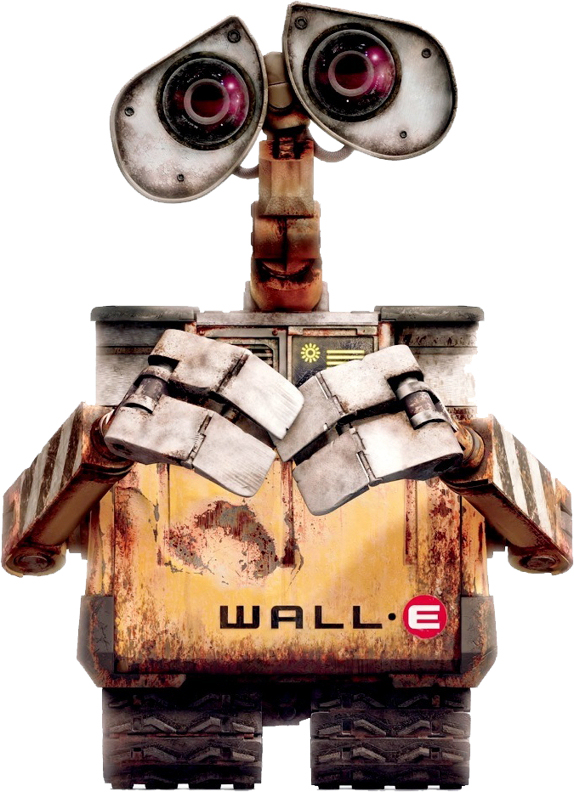A team at the Georgia Institute of Technology have created an electronic skin that allows a robotic arm, built by Meka Robotics, to feel its way through clutter and interpret its immediate environment by use of an algorithm developed by Charlie Kemp and colleagues.
The invention will be presented at the International Conference on Rehabilitation Robotics in Seattle, Washington this month. The robot arm is seen to have great applications; so far it has been controlled by a quadriplegic man (paralysis in both arms and legs) using head movements, who used the technology to place a blanket over himself and wipe his face.
 The "flexible, electronic skin" is 'peppered' with a whopping 384 sensors, allowing the robot to detect extremely light touches; then a decision on the arm's next series of movements is made from calculations by an algorithm also developed by Kemp and the team.
The "flexible, electronic skin" is 'peppered' with a whopping 384 sensors, allowing the robot to detect extremely light touches; then a decision on the arm's next series of movements is made from calculations by an algorithm also developed by Kemp and the team.
Robots are usually designed to avoid obstacles in their path or navigate away from anything it comes into contact with; in this case, the extreme sensitivity of the arm allows it to gently move objects out of the way or plan the shortest route to its destination without meeting anything that will resist it too much.
The New Scientist suggests that the "sensitivity level can be changed to match the task, from picking delicate fruit to searching for a person buried in rubble." Alternatively, "underwater robots could feel their way along as a means of navigating small, dark spaces."
References: The New Scientist, digitaltrends.com












